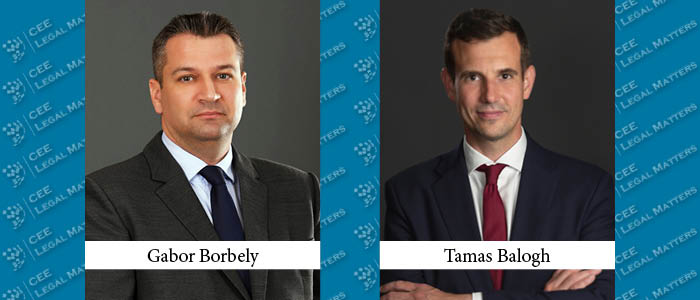Hungary’s real estate market has undergone a notable transformation in response to recent economic shocks – war, soaring energy prices, sharp interest rate hikes, and high inflation rates. Initially taking a cautious wait-and-see approach, market players have now shifted toward a more proactive approach, navigating the complex economic environment through innovative strategies. Among these strategies, mixed-use developments have gained traction. They’re seen as resilient to market turbulence but also provide innovative development opportunities and new ways for urban transformation.
Unlike properties designed for single-use, mixed-use properties aim to diversify various property types and functions to exploit synergies between different building types and minimize the risk of project loss or failure. The diversification creates resilient revenue streams, making the project less vulnerable to market turbulence. If one segment faces a downturn, another segment might perform better.
Mixed-use projects can also open new development horizons, providing desirable locations, even on limited real estate development options like brownfield sites. Repurposing existing structures, such as old factory buildings or other superstructures, not only preserves heritage value but can also contribute to the project’s brand identity by adding character to the development.
As external factors and influences are prompting developers to reconsider their strategies and adjust to an evolving environment, there’s a notable trend in reconsidering and revaluating suspended projects, potentially transforming them into mixed-use developments. The key factor driving this shift is the inherent adaptability and versatility of mixed-use spaces, enabling seamless conversions. With a touch of creativity and motivation, former hotels can be repurposed into student accommodation, and offices can be transformed into residential or student hotels. While the feasibility and economic viability of these options may vary, developers with an open-minded approach are increasingly exploring similar opportunities and evaluating viable alternatives.
The appeal of mixed-use projects is in the potential they offer to developers. The flexible use of space will fortify resilience against legal, social, and economic uncertainties. This potential increases the likelihood of successful development, ease of financing, and other positive outcomes. By accommodating various user groups and incorporating elements like residential, retail, office spaces, entertainment venues, and student housing hostels, these projects have the potential to foster functional synergies. They not only offer improved opportunities for residents but also help create vibrant communities enriched with parks, transportation choices, and additional amenities.
Despite the appeal of mixed-use projects, their complexity usually results in significantly higher development costs, especially when dealing with existing historic buildings or brownfield sites. Considerations for building heritage preservation and environmental factors (e.g., potential contamination in the case of former industrial areas) add to the complexity and can also increase development costs. The development process for mixed-use projects is lengthier and involves more intricate zoning and regulatory requirements compared to monofunctional projects. Financing can be challenging as each asset class requires separate valuation with a different risk profile, and the uncertain economic environment adds to the complexity. Post-development operations also need a broader range of expertise due to the specific knowledge requirements of each asset.
Despite these complex challenges, opportunistic investors and developers are still interested in new developments that separate asset types within larger mixed-use projects. In essence, Hungary’s real estate sector is witnessing a blend of cautious optimism, readiness to adapt to the sector’s evolving landscape, and strategic development. Mixed-use projects are a potential opportunity for future developments, offering the possibility to transform existing urban spaces into vibrant, dynamic, and sustainable areas.
By Gabor Borbely, Partner and Head of Finance and Real Estate, and Tamas Balogh, Lead Attorney, DLA Piper Hungary
This article was originally published in Issue 11.3 of the CEE Legal Matters Magazine. If you would like to receive a hard copy of the magazine, you can subscribe here.




